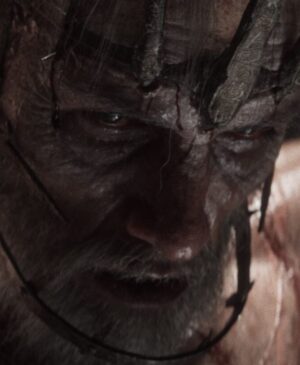The id Tech 8 engine is something that maybe not only id Software should use (what happened to Microsoft’s older engine sharing plans?).
DOOM: The Dark Ages promises to be one of the most spectacular games of the year. A big part of that is id Software’s proprietary engine, which delivers a complex game world with high performance. Digital Foundry’s editors talk about this in the video below, which was compiled from a demo version available to the press. This version didn’t have path tracing, but it did have the usual ray tracing (RT), which, like DOOM Eternal, included ray traced reflections and, after Indiana Jones and the Great Circle, ray traced global illumination. Both games use the version of the engine one version earlier (id Tech 7).
The Siege map has a lot of reflective surfaces, which was not entirely expected since they switched to a more natural environment after the last two DOOMs. This change also makes RT’s global lighting shine, providing more accurate lighting of large areas lit almost entirely by natural light sources such as fire and sunlight. By highlighting dynamic objects and eliminating pre-cast (“baked”) lighting, these objects blend more seamlessly into their surroundings, resulting in a more pleasing visual experience.
In addition to RT features and robust physics simulation, DOOM: The Dark Ages also appears to feature a virtualized geometry system similar to Unreal Engine 5’s Nanite. This has not yet been confirmed, but the behavior of some visual elements (such as the lack of LOD swapping) strongly suggests that this system is being used. Aiming for a 60fps frame rate with this virtualized geometry system, combined with the large number of onscreen enemies, RT lighting and reflections, and physics simulation, will show what the engine is capable of. How will all this be implemented on consoles?
DOOM: The Dark Ages will be released on May 15th for PlayStation 5, Xbox Series and PC.
Source: WCCFTech















Leave a Reply